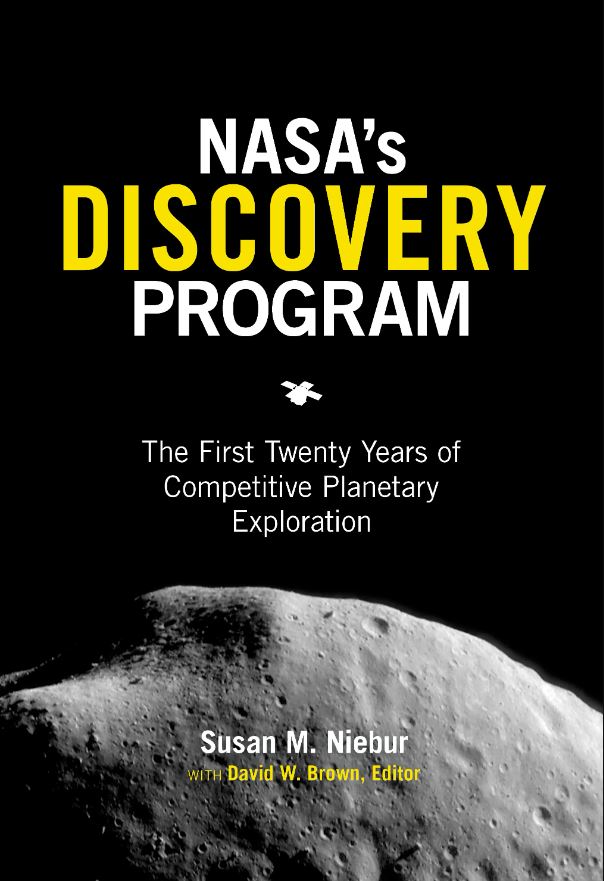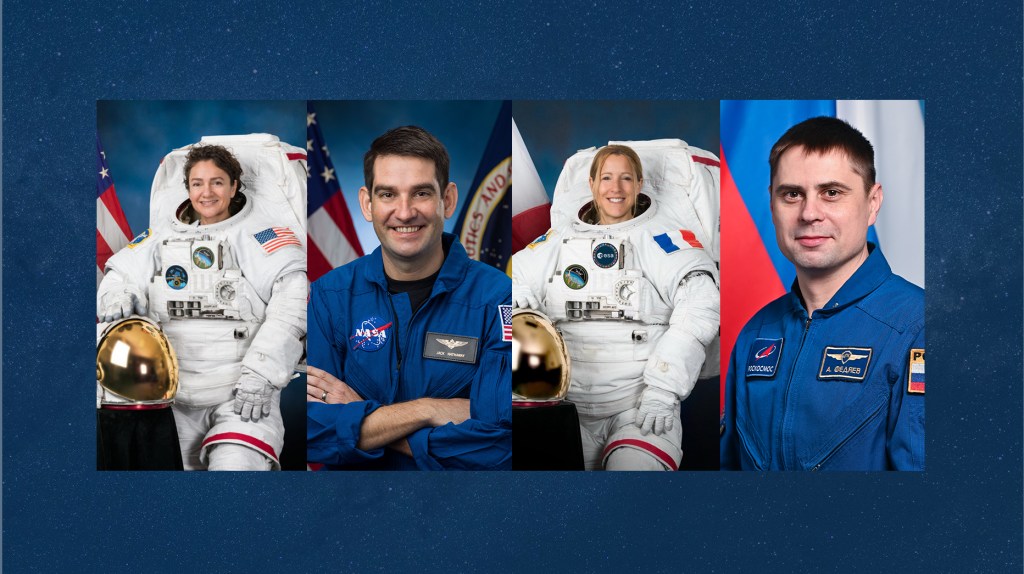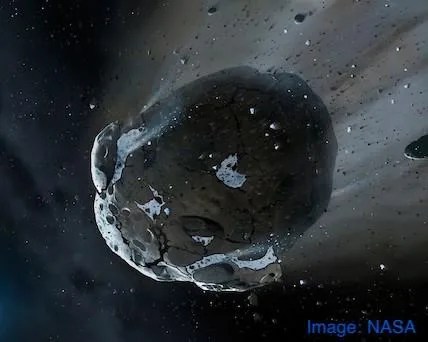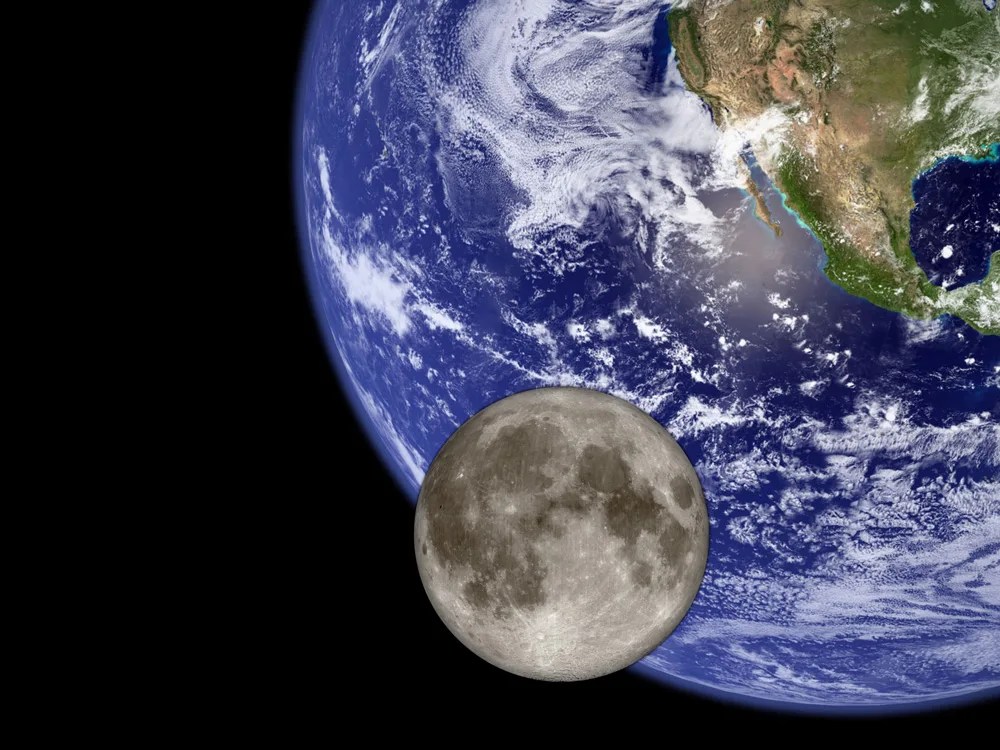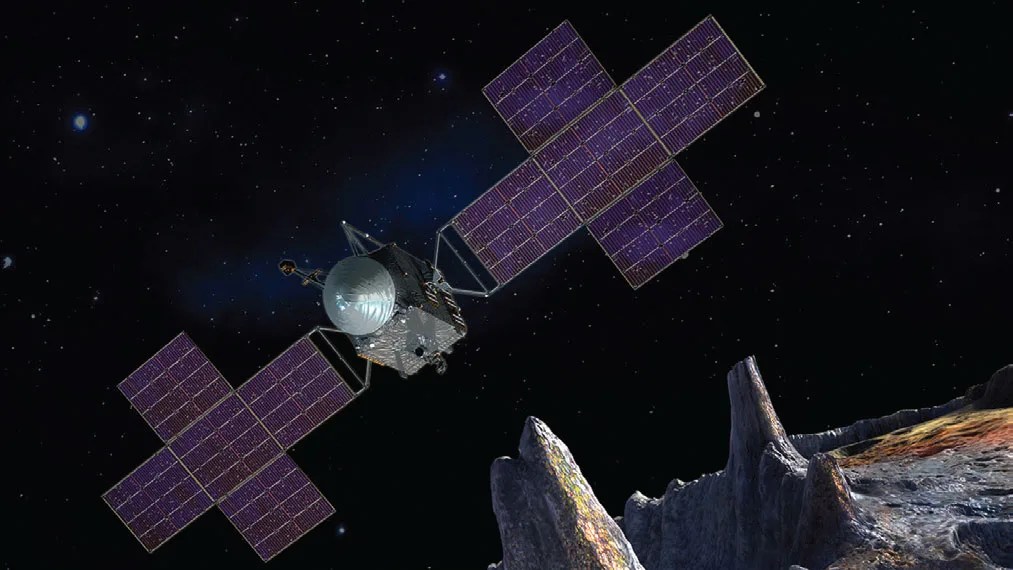
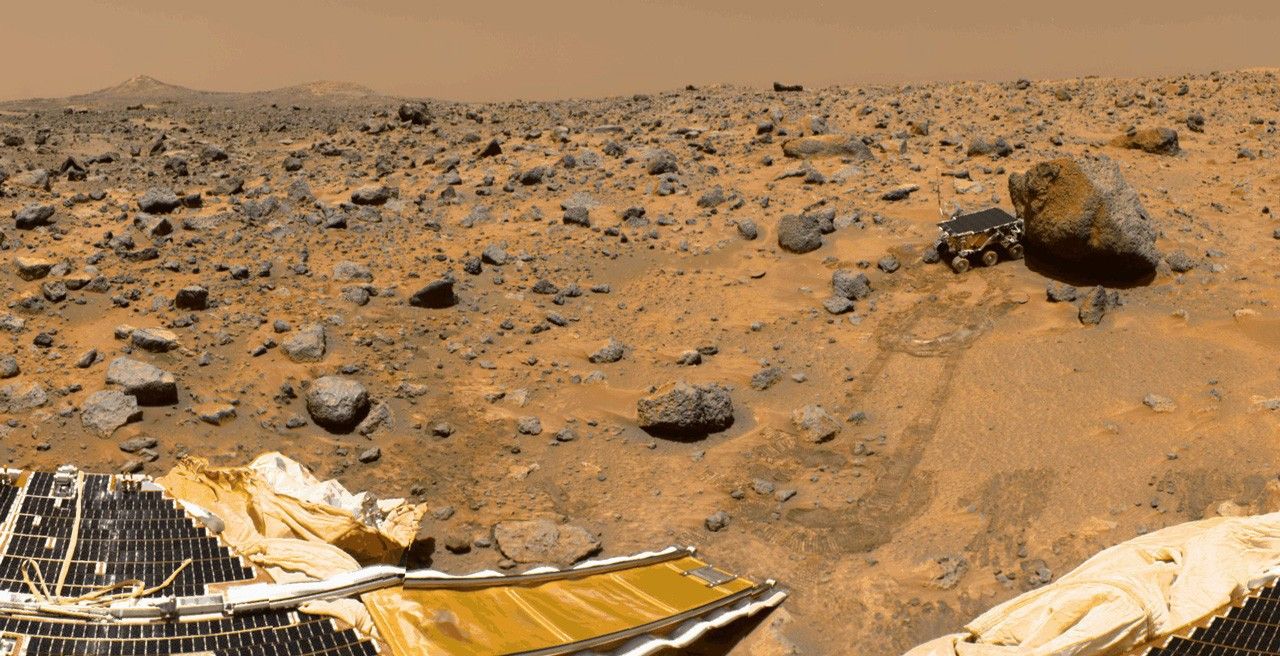

Discovery Program
NASA uses robots and robotic technology to explore other planets and objects in our solar system, assist astronauts on the Space Station, study the universe, and much more. Right now there are NASA robots are millions of miles away helping us better understand what’s out there.
The goal of NASA’s Discovery Program is to provide frequent flight opportunities for high-quality, high-value, focused, planetary science investigations that can be accomplished under a not-to-exceed cost cap. By conducting a series of planetary science investigations, NASA will provide a mechanism by which pressing questions in planetary science may be addressed, permitting a steady improvement in our understanding of planetary systems and the processes that affect them. The frequent, steady nature of the investigations will ensure a continuing stream of fresh scientific data to the planetary science community, thus helping to maintain the excellence of the U.S. planetary science program and to inspire the next generation of investigators.
The Discovery Program strives to:
- Advance scientific knowledge and exploration of the elements of our Solar System;
- Add scientific data, maps, and other products to the Planetary Data System archive for all scientists to access;
- Announce scientific progress and results in the peer-reviewed literature, popular media, scholastic curricula, and materials that can be used to inspire and motivate students to pursue careers in science, technology, engineering, and mathematics;
- Expand the pool of well-qualified Principal Investigators and Project Managers for implementation of future missions in Discovery and other programs, through current involvement as Co-Investigators and other team members; and
- Implement technology advancements proven in related programs.
Discovery Program Missions
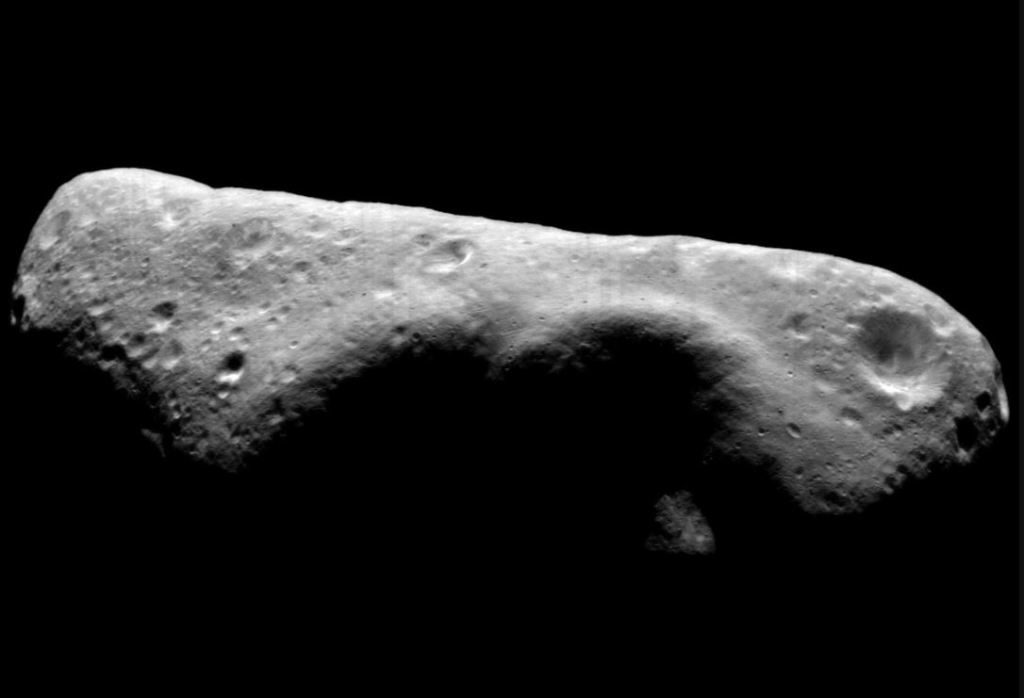
NEAR-Shoemaker (1996-2001)
The first spacecraft to orbit and land on an asteroid, NEAR (Near Earth Asteroid Rendezvous) Shoemaker returned 10 times more groundbreaking data about the asteroid Eros’ surface and interior than expected.

Mars Pathfinder (1996-1997)
The first of what would be many successful rovers on Mars, the toy-wagon-sized Sojourner traveled about 100 meters, sending images of the planet’s surface, performing chemical analysis, and measuring Mars atmosphere and weather.
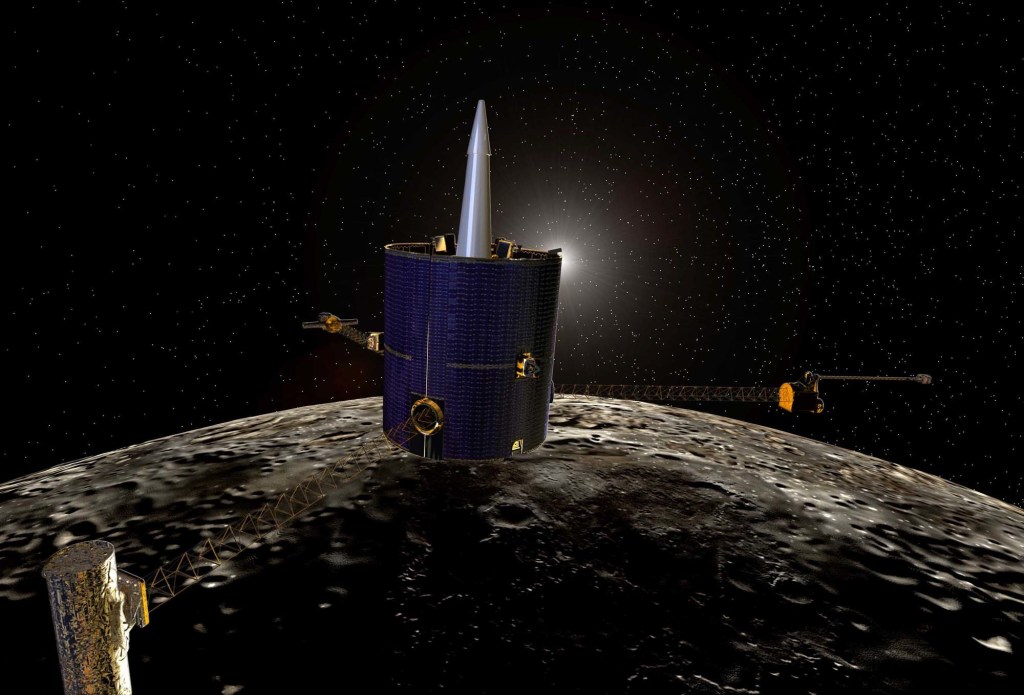
Lunar Prospector (1998-1999)
Data collected by this lunar orbiter found the first direct evidence of water ice in the regolith at the Moon’s poles, as well as discovering an iron-rich core and mapping the distribution of major rock types.
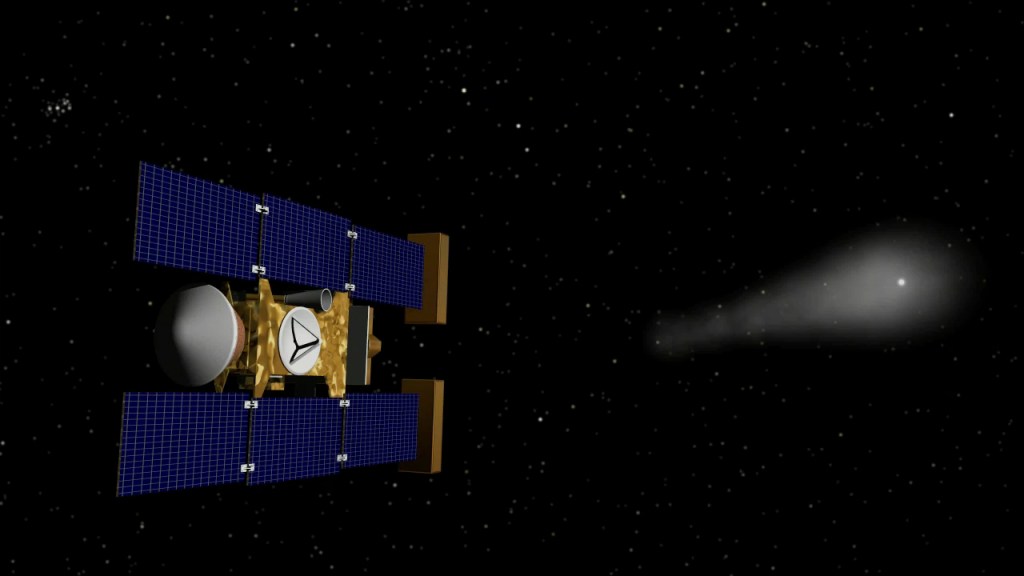
Stardust, Stardust NExT (1999-2011)
The first U.S. mission to study a comet, Stardust collected dust and particles from the gas cloud around comet 81P/Wild, returning its sample capsule to Earth – the second mission to deliver extraterrestrial materials. The spacecraft then began its extended mission as Stardust-NExT (New Exploration of Tempel 1) to examine the effects of the impactor released by NASA’s Deep Impact mission on the comet Tempel 1.
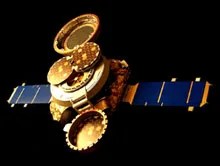
Genesis (2001-2004)
After 2 years of collecting samples of solar wind at Sun-Earth L1, the spacecraft returned to Earth’s orbit and released its sample capsule. Although the capsule was severely damaged when landing in the Utah desert, its samples nevertheless yielded significant discoveries.

CONTOUR (2002)
The CONTOUR (Comet Nucleus Tour) mission was designed to make a detailed study of at least two comets, but overheating during an engine burn caused the spacecraft to break apart over the Indian Ocean.
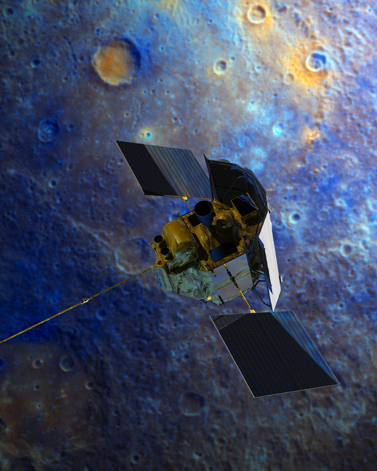
MESSENGER (2004-2015)
During its 4 years in orbit around Mercury, MESSENGER (Mercury Surface, Space Environment, Geochemistry and Ranging) mapped the entire surface of the planet, returned data about its composition and volcanic history, and verified water ice at its poles.
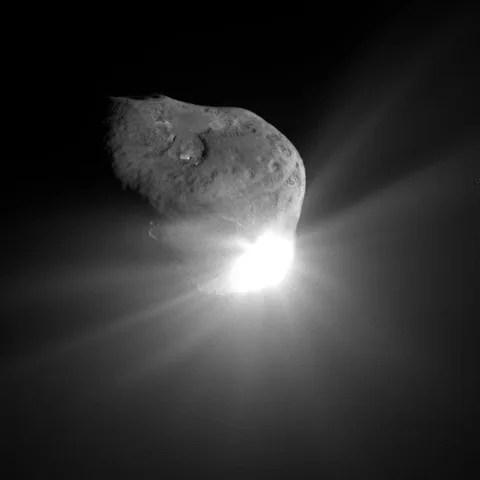
Deep Impact, EPOXI (2005-2013)
A probe released from the Deep Impact spacecraft impacted the comet Tempel 1 with the force of 4.7 tons of dynamite, stirring up dust and ejecta, and offering a rare opportunity to collect data from a comet’s nucleus. After relaying data and images from Tempel 1, the spacecraft was renamed EPOXI (from a combination of mission component names) and continued on an extended mission to study the comet Hartley 2.
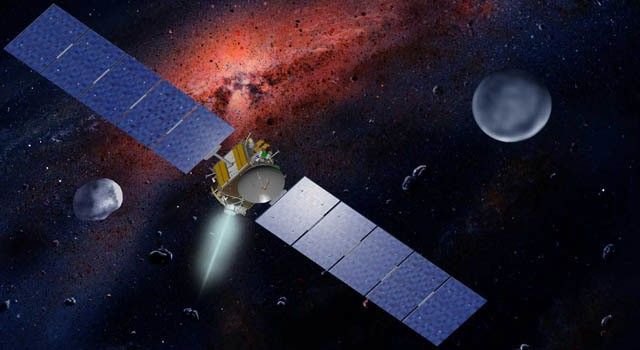
Dawn (2007-2018)
The first spacecraft to orbit an asteroid (Vesta) in the main asteroid belt, the first to orbit two extraterrestrial objects, and the first to visit a dwarf planet (Ceres), Dawn also was critical to the advancement of ion engines, setting a record for the longest period in powered flight and the greatest velocity change using its own propulsion system.
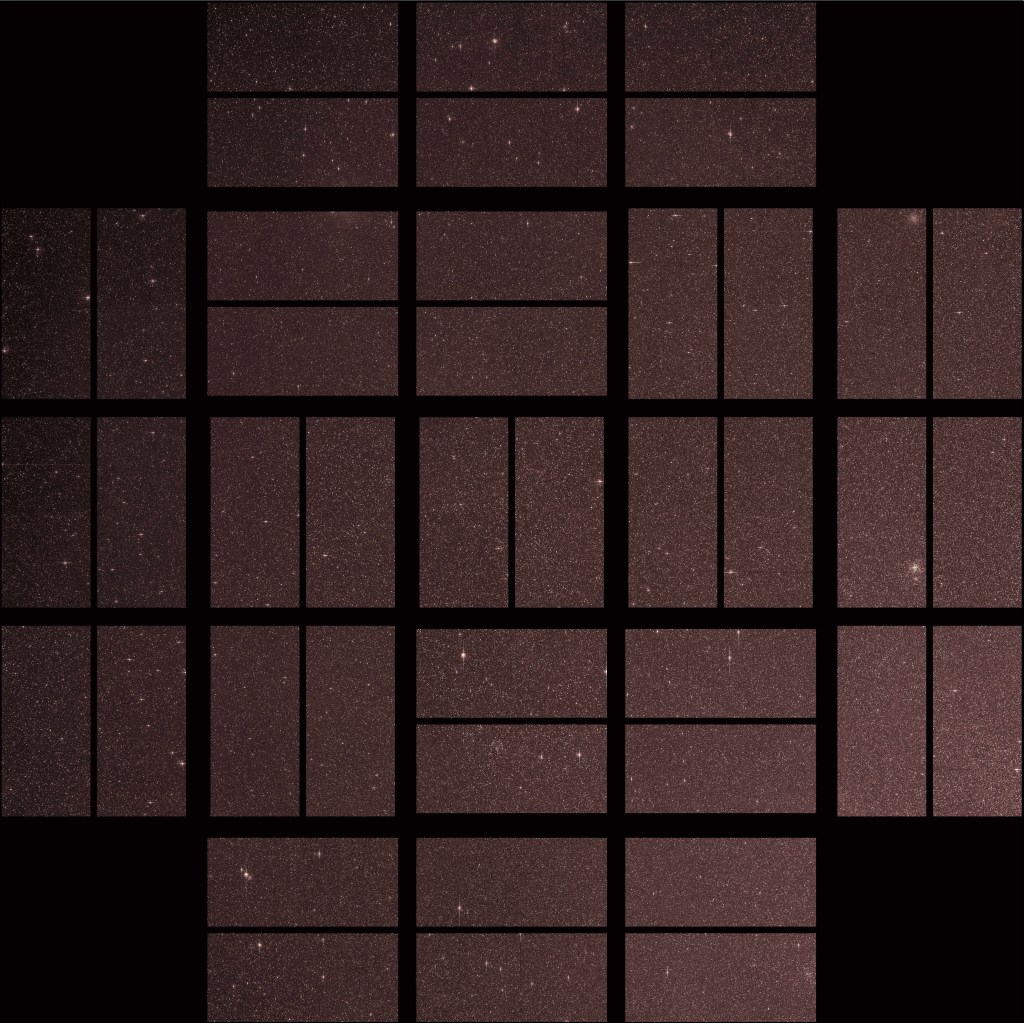
Kepler Space Telescope, K2 (2009-2018)
In addition to detecting thousands of exoplanets, Kepler confirmed the first planetary system – more than one planet transiting the same star – discovered outside our solar system. In May 2014 the spacecraft was reformulated to the K2 mission to investigate red dwarf stars.
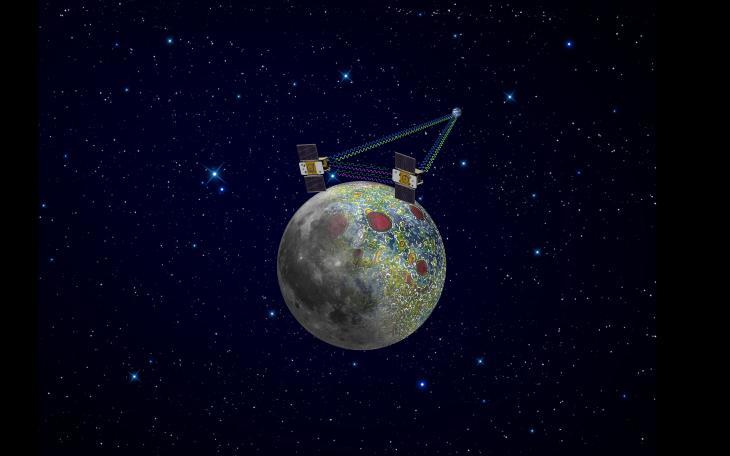
GRAIL (2011-2012)
The GRAIL (Gravity Recovery and Interior Laboratory) mission flew twin spacecraft, Ebb and Flow, together around the Moon to produce a high-resolution map of variations in the lunar gravitational field, revealing subsurface mass concentrations that could not be mapped by previous missions.
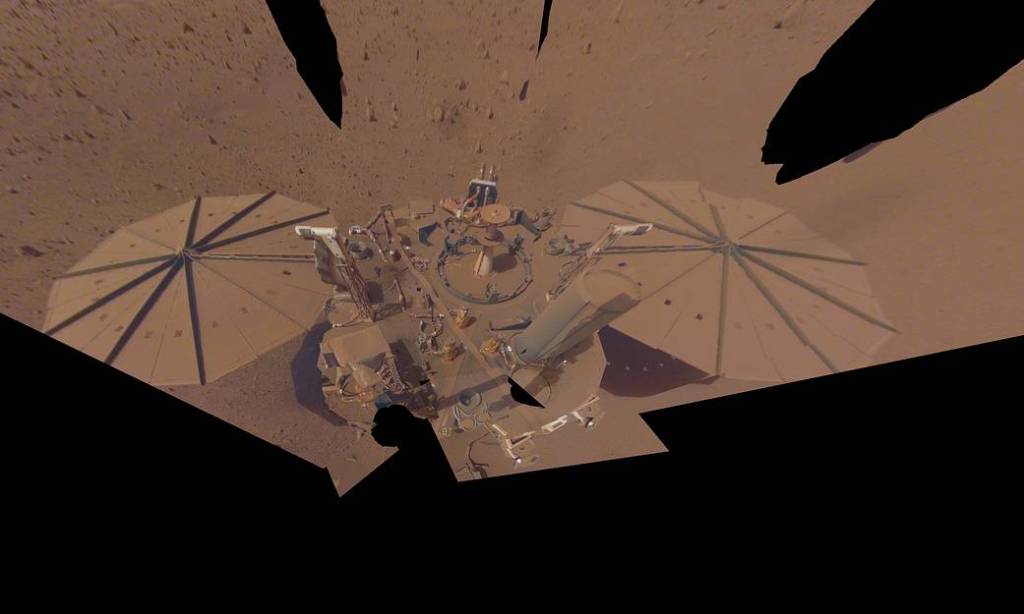
InSight (2018-2022)
InSight (Interior Exploration using Seismic Investigations, Geodesy, and Heat Transport) delivered the first seismometer to Mars (provided by the French space agency, CNES) and with it, recorded the first of many “marsquakes.”

Lucy (2021-Present)
On its way to the Trojan asteroids leading and trailing Jupiter in its orbit around the Sun (expected arrival in 2027), Lucy had an extraordinary encounter with the main belt asteroid Dinkinesh in November 2023, discovering the asteroid’s satellite was actually a contact-binary satellite, the first ever observed.

Psyche (2023-Present)
On its way to the metal-rich asteroid also named Psyche (expected arrival in 2029), this is the first mission to study this rare type of asteroid, which may be the core of a small planetesimal. The spacecraft’s successful first light images in December 2023 were followed by the equally successful first test of its ride-along tech instrument, DSOC (Deep Space Optical Communications), which is testing the use of high-data-rate laser communications from space.
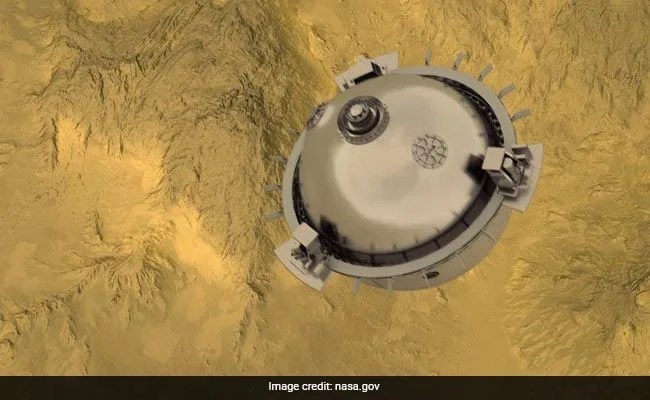
DAVINCI (Tentative June 2029)
The DAVINCI (Deep Atmospheric Venus Investigation of Noble gasses, Chemistry, and Imaging) will study Venus’ atmosphere and past and present climate, from surface to cloud tops, with a descent probe collecting data not achievable from orbit.
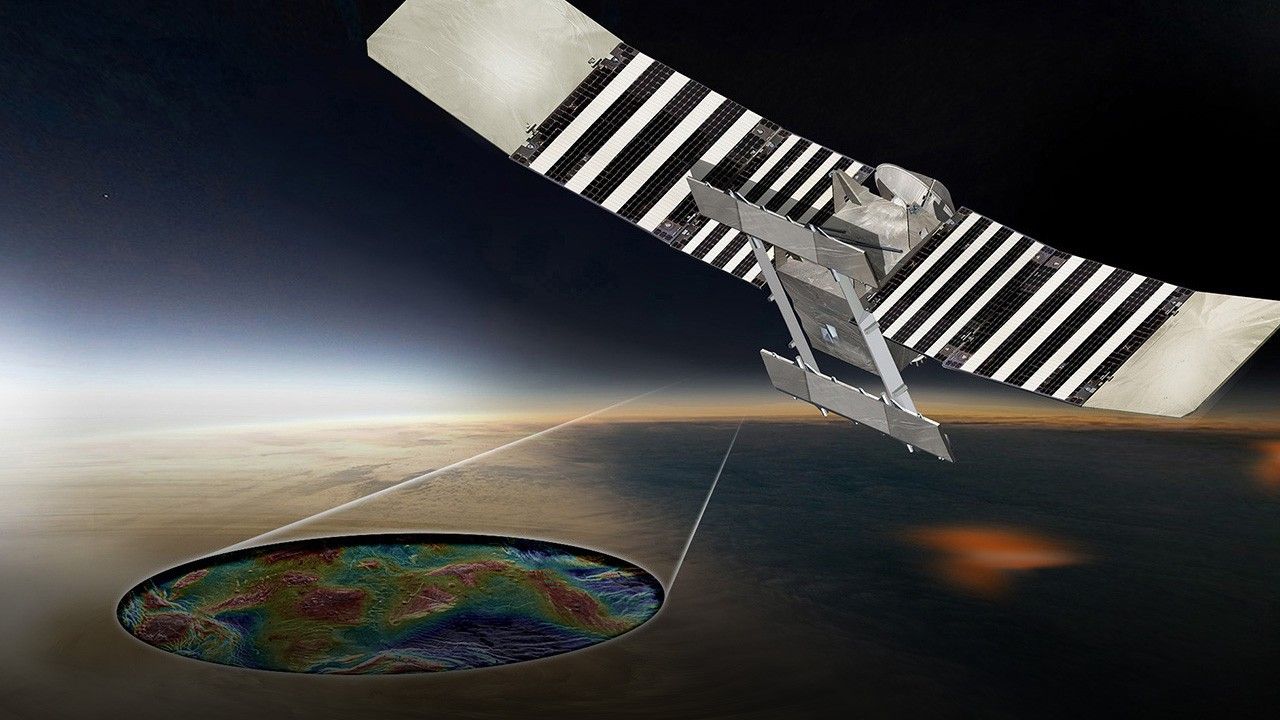
VERITAS (No earlier than 2031)
NASA’s first orbital mission to Venus since the 1990s, VERITAS (Venus Emissivity, Radio Science, InSAR, Topography, and Spectroscopy) will produce high- resolution topography and radar images of Venus, allowing NASA and its international research partners to map areas of geologic change, as well as to search for signs of water, past and present.
The Discovery Program also selects NASA-funded instruments and participation on missions led by international partners, including:
Learn More About the History of NASA's Discovery and New Frontiers Programs
Discovery and New Frontiers Oral Histories
The NASA History Office is collecting oral history interviews to document the experiences of individuals who have dedicated their time and expertise to the Discovery and New Frontiers planetary exploration missions, including lessons learned, science objectives and methodologies, mission proposal processes, team dynamics, and management decisions.
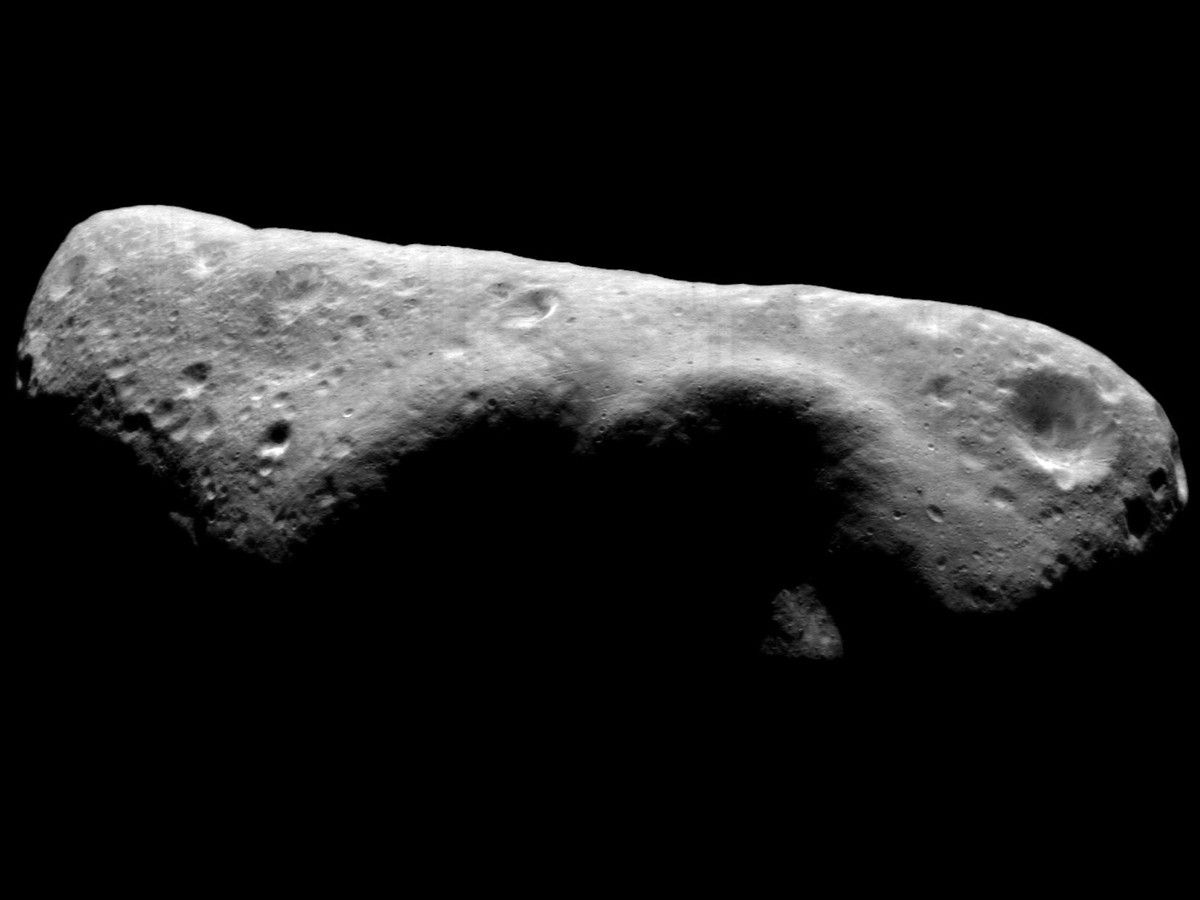
Discovery Program: The First 20 Years
A new NASA book draws on interviews with program managers, engineers, and scientists from Discovery’s early missions. It takes an in-depth look at the management techniques they used to design creative and cost-effective spacecraft that continue to yield ground-breaking scientific data, drive new technology innovations, and achieve what has never been done before.
